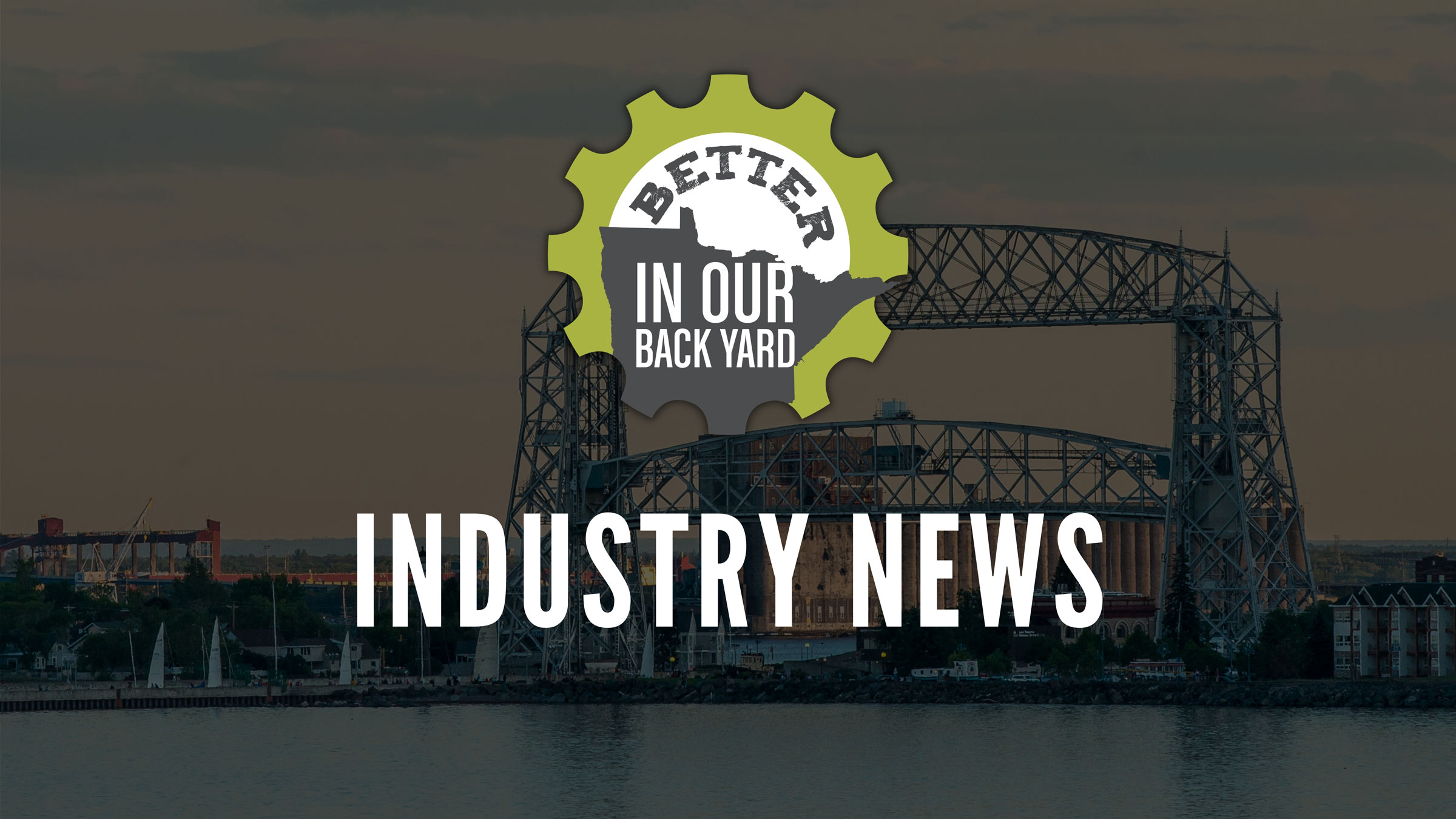Clean water is a shared value of all Minnesotans. Our 10,000 lakes are a reason many of us live here. They’re a point of pride, providing beauty and recreation as well as a key cultural resource for our Native American brothers and sisters.
That’s why at first glance, news articles about eliminating a standard meant to protect wild rice can be eyebrow raising to say the least. Why would anyone introduce legislation to remove a wild rice standard, let alone support that legislation? The reason is because the standard doesn’t actually protect wild rice.
The current wild rice standard limits sulfate in the water to 10 mg/L. “Current” is an oxymoron when it comes to this standard, because it is decades old and based on even older information. The standard is not based on modern science. Instead, it is based largely on field observations from the 1940s. The Minnesota Pollution Control Agency’s own modern-day research, conducted by the University of Minnesota, found no impact to wild rice seedlings until sulfate levels reached at least 1,600 mg/L – 160 times the current limit. What’s more, the science behind the standard fails to take into account some of the largest threats to wild rice, including water elevation and invasive species.
This standard is the only one of its kind in the United States. No other state that grows wild rice has a standard like this, and no Minnesota legislators ever reviewed or voted on this standard. Instead, it was created when Minnesota created the Pollution Control Agency and then adopted (by default) the federal Clean Water Act in the 1970s. It was largely forgotten soon thereafter. In fact, the standard has never been enforced, though wild rice continues to grow in Minnesota.
Wild rice was hardly a point of contention in Minnesota until 10 years ago when anti-industry groups dusted off the never-enforced standard to fight proposed copper nickel mines in Minnesota. The thing is, the proposed copper nickel mines have planned to build water treatment facilities to comply with the 10 mg/L standard. At this point, after all this debate, it’s not even proven that wild rice is affected by the enforcement of the standard. Instead, it is our 130-year-old iron mining industry and our communities’ wastewater treatment facilities – and in turn our wastewater treatment bills – that are most affected by the enforcement of this obsolete standard.
Estimates by businesses and municipalities across the state show the cost to comply with the outdated wild rice standard could be billions of dollars. This is a dollar amount that could close plants and cause our wastewater bills to increase by up to 200% in some communities – all for a standard not yet proven to protect wild rice habitat in Minnesota.
We know that environmental activists and supporters of responsible Minnesota industry all want to protect wild rice. As supporters of responsible industry, we are also supporters of sensible regulations that are feasible, based on sound science, and actually protect the environment. However, this particular regulation is anything but common sense. Though likely well intentioned, it is neither feasible nor is it based on sound science, and there is still no proof it does anything to protect or enhance the wild rice habitat in Minnesota.
These are the reasons that Better In Our Back Yard applauds the recent action taken by both the House and Senate to pass legislation removing the current wild rice sulfate standard. This removal makes way for Minnesota to go back to the drawing board and explore all the mitigating factors that affect our wild rice habitat – to make sure we use the most current and best scientific technology we have at our disposal, so our clean water and important state grain remain not only sources of food and culture but sources of pride for generations of Minnesotans to come.
With this in mind, we urge Governor Mark Dayton to sign this legislation into law, and we encourage you to send a letter supporting his signature.
Write him at: 130 State Capitol, 75 Rev. Dr. Martin Luther King Jr. Blvd, St. Paul, MN 55155
Email him at: https://mn.gov/governor/contact-us/form/
Call him at: 651-201-3400 or 1-800-657-3717
Fax him at: 651-797-1850
Tweet him at: @govmarkdayton
